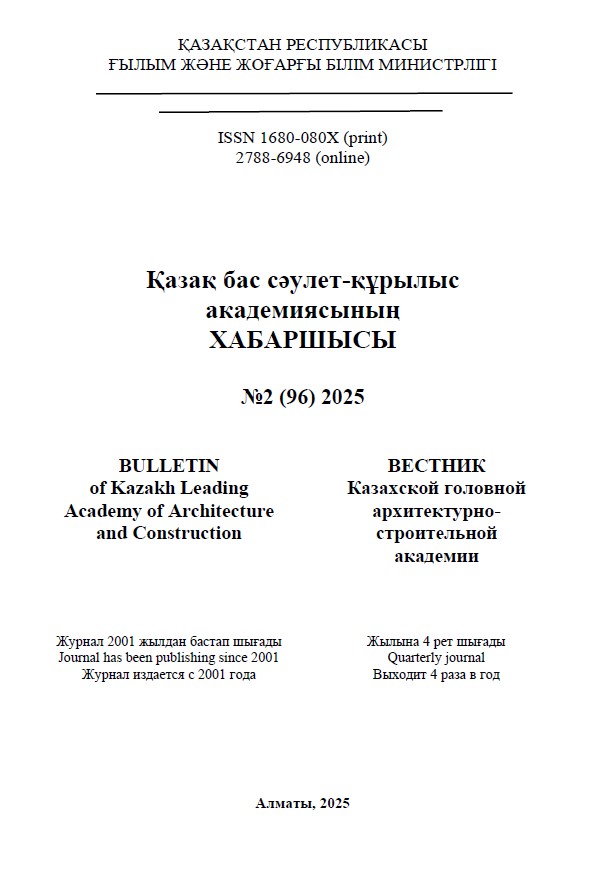Abstract
Due to modern requests and need to improve spatial characteristics, a popular form of a workspace called "open space" requires a detailed analysis and consideration of transformation ways using architectural and planning solutions. This article presents a brief overview and systematization of office "open spaces" and an experience in scientific and design developments, which allows to generalize the organization principles of a theoretical model of "open spaces". The research data consists of analytical and in-situation analysis based on materials collected by the authors. The article analyzes the advantages and disadvantages of this kind of organization of a workspace. The prospects for its development are related to creation of a working environment as a tool to ensure the effectiveness of a modern company. The increase of the intellectual part of work has led the search for ergonomic office spaces to optimal working conditions, and then to the formation of an office environment towards a qualitatively new organizational model – “work-home-leisure-food places”. Research has shown that the transformation of open spaces nowadays is a result of objective factors of change in working relations. An integral characteristic of such a space currently is the requirement to workspaces for ergonomics, humanity, and facilitating of internal and external communication. The conducted research for improvement of open workspaces allows us to identify a number of necessary aspects, implementation of which guarantees a stable and demanded form of "open spaces" in the future. Recommendations are given taking into account different factors when organizing such spaces in the future.


